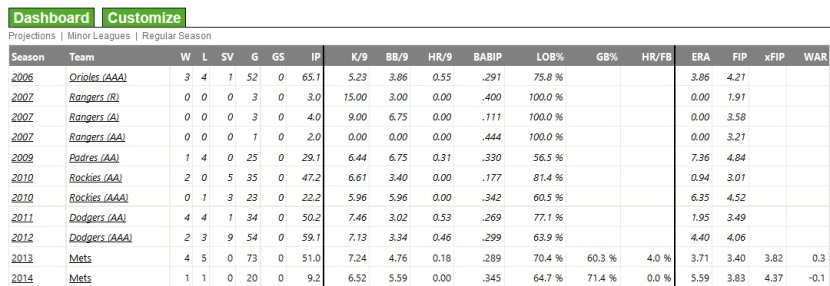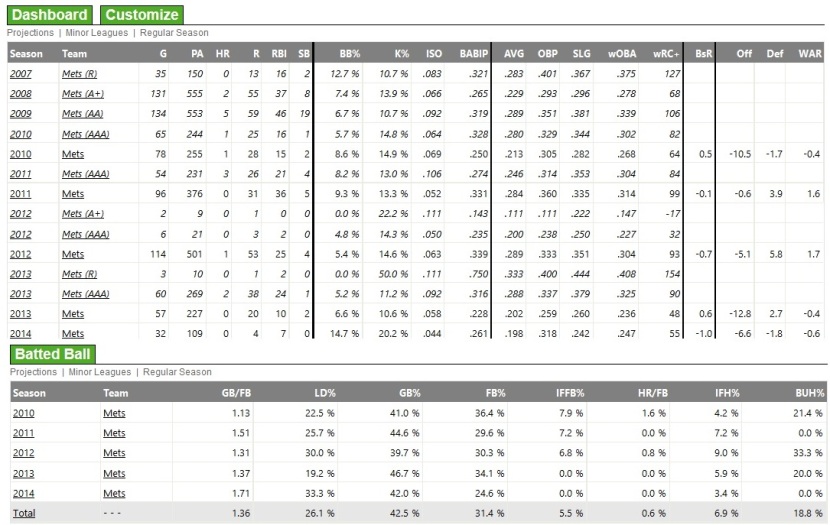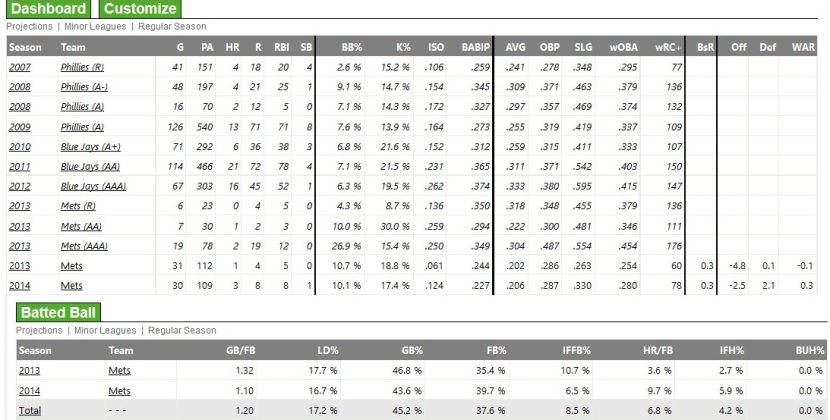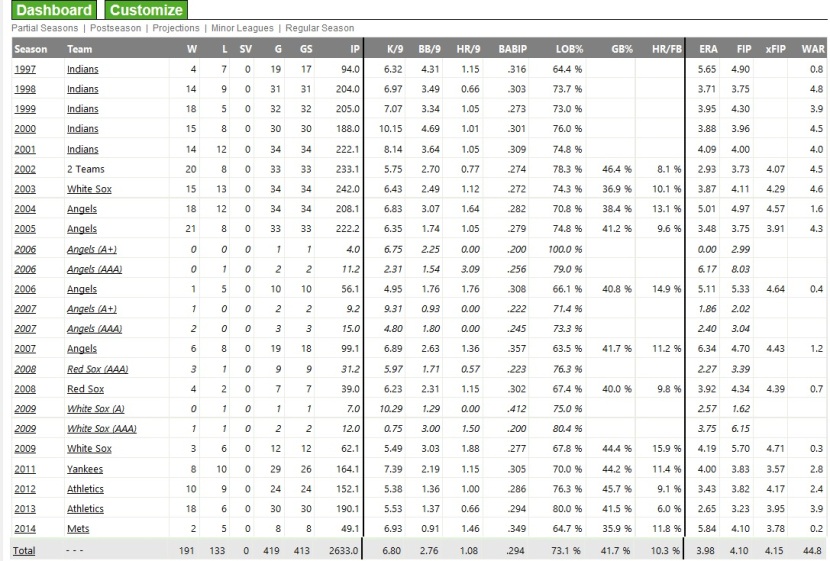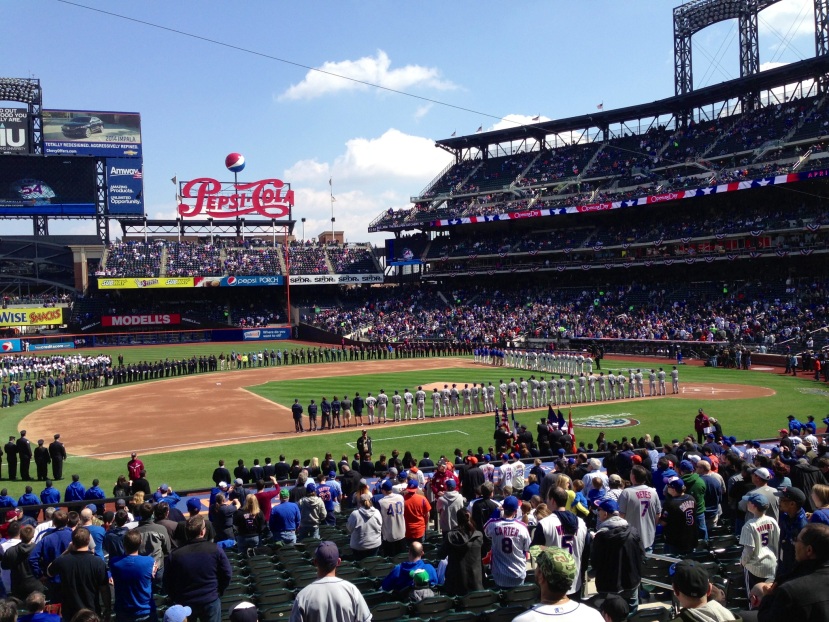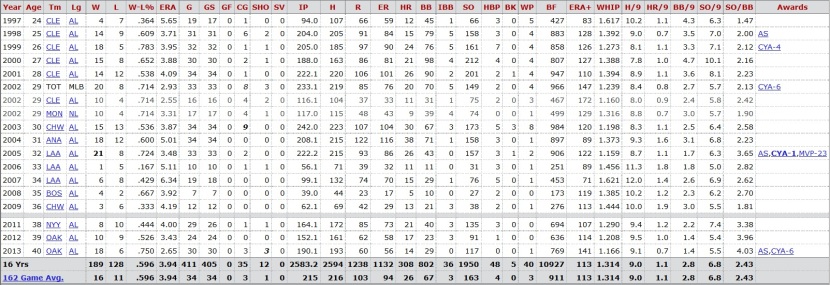The MLB Trade Deadline: A Mets Fan’s Primer
The MLB non-waiver trade deadline is this afternoon and the Mets are in a position where they’ve been linked to both acquiring bigger name players and trading off talented players. Things could get pretty crazy (or not, if you believe Sandy Alderson’s publicly spoken words). So, to help you all keep everything straight, I’ve come up with some things to consider:
1) The most likely scenario involves the Mets making no moves. Seriously. Sandy Alderson has already said it. Terry Collins has said it. There’s been very little heat surrounding the Mets, and the most likely reason is that the two pieces that are both valuable to other teams and reasonable for them to trade away are probably best dealt later on. Bartolo Colon has pitched well, but the market for him is clearly not desperate enough yet. If you hold onto Colon, you can attempt to pass him through waivers in August and either trade him if he goes unclaimed, try to trade him to a team that does claim him, or hold onto him until the offseason and trade him then. Pretty much the same can be said for Daniel Murphy, though I expect the second baseman is a better trade chip for the offseason.
2) Even if they do make a trade, the Mets are incredibly unlikely to acquire a star by the deadline. I mean, first and foremost because there likely isn’t a star available. We’ve all heard about Carlos Gonzalez and Troy Tulowitzki and Giancarlo Stanton and whoever else. Let me be the (probably not) first to tell you, that these guys aren’t going anywhere right now. The Rockies will probably have to trade the no longer remarkably young and talented pair of CarGo and Tulo sometime in the not-too-distant future. But they are in no rush. And they’re going to ask for the world. So, don’t hold your breath on either player moving to Queens anytime soon. Stanton? He could be traded down the road, but the Marlins would be insane to do so now. He’s one of the game’s best players. And even if they did move him immediately, they won’t trade him within the National League East. I suspect that the most likely “star” to be dealt by Thursday’s deadline is probably Tampa Bay’s David Price. And since the Mets pitching has been the least of their problems, there’s no way they surrender the prospect value necessary to bring Price to Flushing.
3) If the Mets were to make a move, there’s a specific type of player they’d be looking for. The Mets, over the past few weeks, have actually shown that they may only be a couple of pieces away from contention. Now much of that exists within a small sample size, and is not PROOF of how close the Mets are. But it also means they probably want to give younger players a chance to prove that their performance has been no fluke. Travis d’Arnaud and Lucas Duda are the two biggest examples. The pair may not be quite as remarkable as the level they’re currently playing at, but the Mets probably don’t need to go out and deal for an older catcher or first baseman. With a strong pitching rotation, a vastly improved bullpen and a stocked farm system (at least pitching-wise), the Mets can upgrade at shortstop and left field. That’s about it. Look for the team to target younger players (29 or younger, would be my assumption) at those two positions. Based on previous statements, my guess is they’d prefer players not on a contract longer than 3-4 years — Sandy Alderson has exhibited a bit of disdain for long-term contracts.
4) Trading young-ish players isn’t out of the question. Daniel Murphy, Jon Niese, Dillon Gee. These three are still in their primes, still relatively inexpensive (in Murphy’s case, that may not be true for long), and they’ve all performed well at the big league level. But trading them isn’t automatically a mistake. The Mets have pitching depth (a potential 2015 rotation race could include Matt Harvey, Zack Wheeler, Jon Niese, Dillon Gee, Bartolo Colon, Jacob deGrom, Rafael Montero, Noah Syndergaard and even the forgotten Jeremy Hefner). They also have a pair of kids who can (to varying levels of skill, according to reports) play second base and are destroying their current minor league level. Wilmer Flores was lighting up Triple-A before being inexplicably promoted to sit on the bench. Dilson Herrera is killing it in Double-A, and could start next year in Triple-A. Now, if the Mets trade one of the players listed above, they’d be best suited to get a sure thing in return. But none of them are untouchable.
5) Equally important, trading prospects is not necessarily a bad idea either. The point of building a farm system is two-fold. Part one involves developing young talent to perform in the major leagues, but part two involves trading the surplus of that talent for established players. The Mets shouldn’t sell the farm, and they shouldn’t give up too much if the deal isn’t right. But, even the prospects we’ve all heard so much about — Syndergaard for example — are far from guarantees. You don’t trade them away lightly, but you also don’t mark them untouchable.
More than likely, the trade deadline will pass without anything changing for the Mets. But that in and of itself is not a bad thing (or a good thing). There’ll be chances for Alderson and Co. to make changes in August and in the offseason. For now, enjoy the drama and the action that is the MLB trade deadline.

